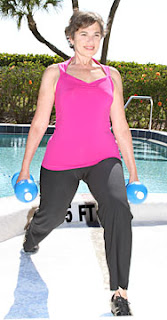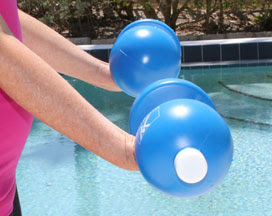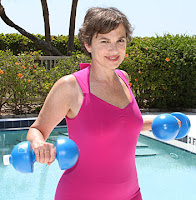 By definition, osteoporosis is a disease that, over time, causes bones to become thinner, more porous and less able to support the body. Bones can become so thin that they break during normal, everyday activity.
By definition, osteoporosis is a disease that, over time, causes bones to become thinner, more porous and less able to support the body. Bones can become so thin that they break during normal, everyday activity.
I’ve written a number of articles about the importance of weight bearing exercise and a calcium and vitamin D rich diet in preventing osteoporosis. So today I’m focusing on FALL PREVENTION. So many osteoporotic fractures are caused by falls so anything that can prevent those falls should be on your radar.
An interesting fall prevention method that’s been getting a lot of attention lately is using a Whole Body Vibration platform. Research by the Russian and American space programs has long suggested that a piezo-electric effect caused by vibrating the body strengthens muscles, and may prevent bone loss. A German study ‘Erlangen Longitudinal Vibration Study (ELVIS) shows it can also greatly reduce falls.
You simply stand on the vibrating plate and shake for several minutes. How long and how vigorously you shake can be dialed to suit your personal body needs and fitness level.
Commercial versions of the vibration platform are available at gyms and rehab centers. Home versions are sold online and at sporting goods and health equipment stores. Prices for the home versions start at about $199.
And for traditionalist in all of us, it’s true, simple balance exercises can go a long way towards reducing your chances of taking a serious fall.
Stand erect near a chair or wall (in case you lose your balance) hands at your sides.
Slowly raise one foot a couple of inches off the ground while shifting your weight to your grounded foot. When you’ve got your balance slowly raise your arms in front of you and hold for 10 seconds.
As you get more comfortable, try raising your held-up foot farther up until it’s near the knee of your grounded leg. More advanced, try closing your eyes as you balance.
GET STRONG, LIVE LONG!
Follow Mirabai Holland:
www.youtube.com/movingfreedvds
And for more info visit https://www.mirabaiholland.com







































